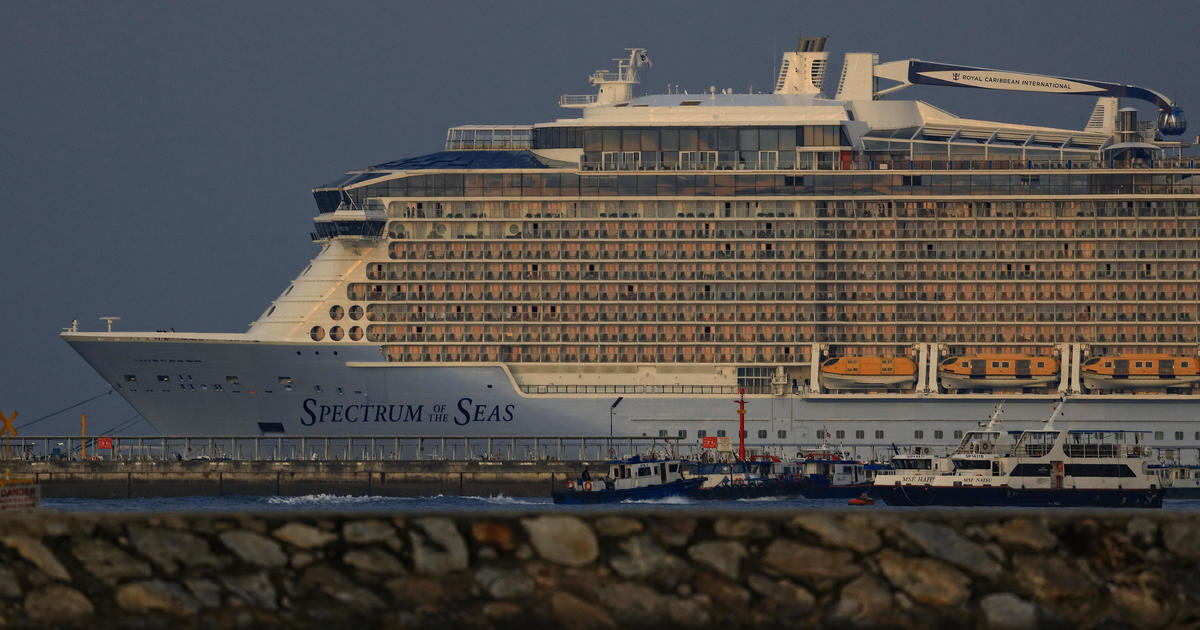As concern grows over the impact of noise pollution on marine ecosystems, cruise lines are taking steps to reduce their contribution to underwater noise. One notable example is Carnival Corporation, which has implemented a quiet mode when its ships sail into Glacier Bay National Park and Preserve, a protected area known for its diverse wildlife and stunning landscapes.
During their presence in Glacier Bay, Carnival Corporation ships refrain from making announcements on outside weather decks and reduce their speed from 14-18 knots to often less than 10 knots. This reduction in speed not only allows passengers to enjoy views of wildlife like seals on icebergs but also helps minimize disturbances to the marine environment.
Dr. Leila Hatch, a Research Ecologist specializing in underwater sound monitoring and management, explains that sound is a critical sensory modality for animals underwater. Low-frequency sounds travel efficiently over long distances and are used by various marine creatures, including whales and invertebrates, for communication and detecting signals from predators or prey.
Large commercial ships, including cruise ships, are significant contributors to low-frequency noise across ocean basins. The ship’s propulsion system is the primary source of underwater noise, and other machinery can also create vibrations that transmit noise underwater.
While passenger cruise ships represent less than 1% of all oceangoing vessels, they may make up a more significant portion of ships in popular cruise destinations. Animals living in remote areas may be at higher risk of complications from noise pollution, but even those in urbanized environments can be adversely affected.
To address this issue, Carnival Corp. and Holland America Group have developed protocols for sensitive areas like Glacier Bay. Before operating in such regions, they conduct underwater sound profiling to measure and evaluate noise levels. By adjusting ship plans based on the results, they can reduce the impact of their vessels on marine life.
Moreover, Holland America Group’s expedition ship, Seabourn Venture, had its underwater noise level certified by a classification society, demonstrating the company’s commitment to operate quietly in sensitive areas.
Other initiatives aimed at sustainability, such as plugging into shore power in ports to turn off engines, also help reduce noise pollution. However, current availability of on-shore power capabilities in cruise ports is still limited, with less than 2% worldwide having this feature. Nevertheless, the number is expected to increase to 3% by 2025.
As cruise lines continue to address noise pollution, they are not only contributing to the preservation of marine life but also enhancing the overall cruise experience for passengers seeking to enjoy nature in its unspoiled beauty.
Environmental experts emphasize the importance of addressing noise pollution to protect marine habitats and support vulnerable or endangered species. With cruise ships becoming more prevalent and the human population growing, it is essential for the industry to adopt responsible practices and continue improving the quality of marine habitats for the benefit of all.
As awareness of the issue grows, it is hoped that more cruise lines will follow suit and take meaningful action to curb noise pollution, ensuring a more sustainable future for the cruise industry and the marine environment alike.


